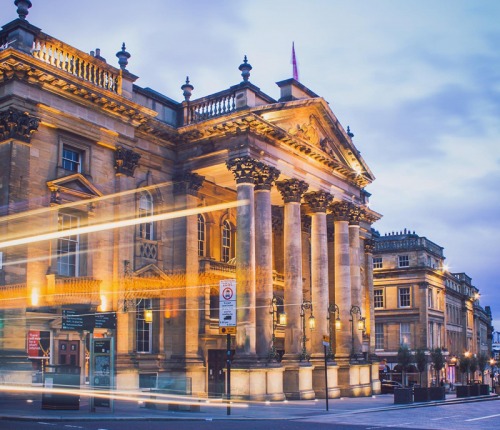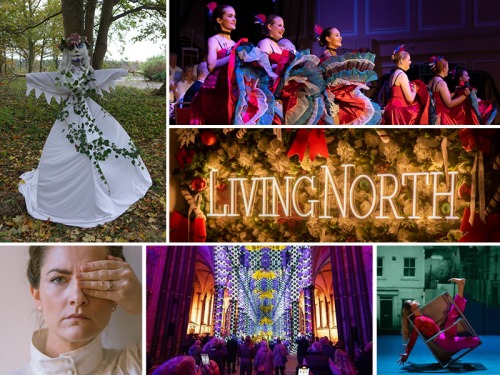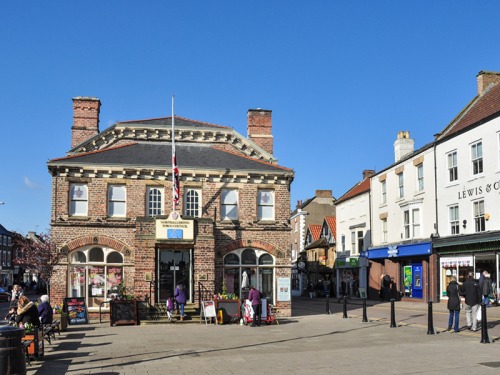We Take a Tour of the Most Haunted Places in Yorkshire
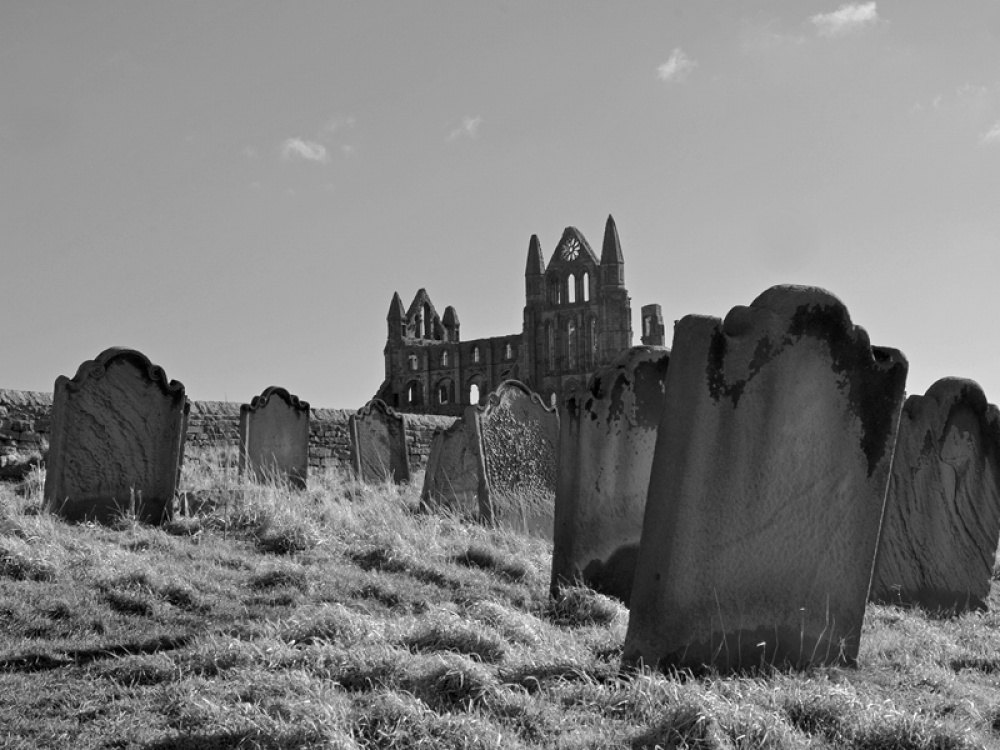
In the spirit of Halloween we take a tour of some of Yorkshire’s most haunted places as we wonder why people have such a fascination with ghosts
Mark Graham runs The Original Ghost Walk of York which leaves every night from outside the Kings Arms. Mark has always been interested in history, folklore and legends. ‘Strange and remarkable tales are what keeps me enthralled in my job,’ he says. He claims the best stories are often the ones that are unexplained or unsolved. ‘The Original Ghost Walk was first established by Jon Mitchell, a school teacher, and local businessman Peter Broadhead in 1973. I worked for them from 1982 and took charge of the Ghost Walk in 1987. We regard our tour as the first exclusive ghost walk in Britain – and possibly the world.’
Mark leaves whether ghosts actually exist or not up to you to decide. ‘We never try to convince anyone about whether ghosts exist but we weave our ghost stories around historical events,’ he explains. ‘We are like storytellers of old. Our aim is to give people something to think about; to be a little disturbing.’
With snickelways, Georgian townhouses and historic inns, York is filled with history. But having survived Viking invasions, the Norman conquest and the Civil War, it has a dark past. The York Dungeon is a perfect example of just one of York’s haunts, but we ask Mark to look beyond the city to highlight more of Yorkshire’s most haunted places.
‘All over Yorkshire you will find sights that are special that seem to carry a presence and give people a strange feeling of past events,’ Mark says. ‘I think even the most sceptical people, if pushed, have a story of their own to tell. To fear the unknown is to be human. The thing is we all find the answer at the end. Shakespeare said: “we are such stuff as dreams are made on; and our little life is rounded with a sleep”.’
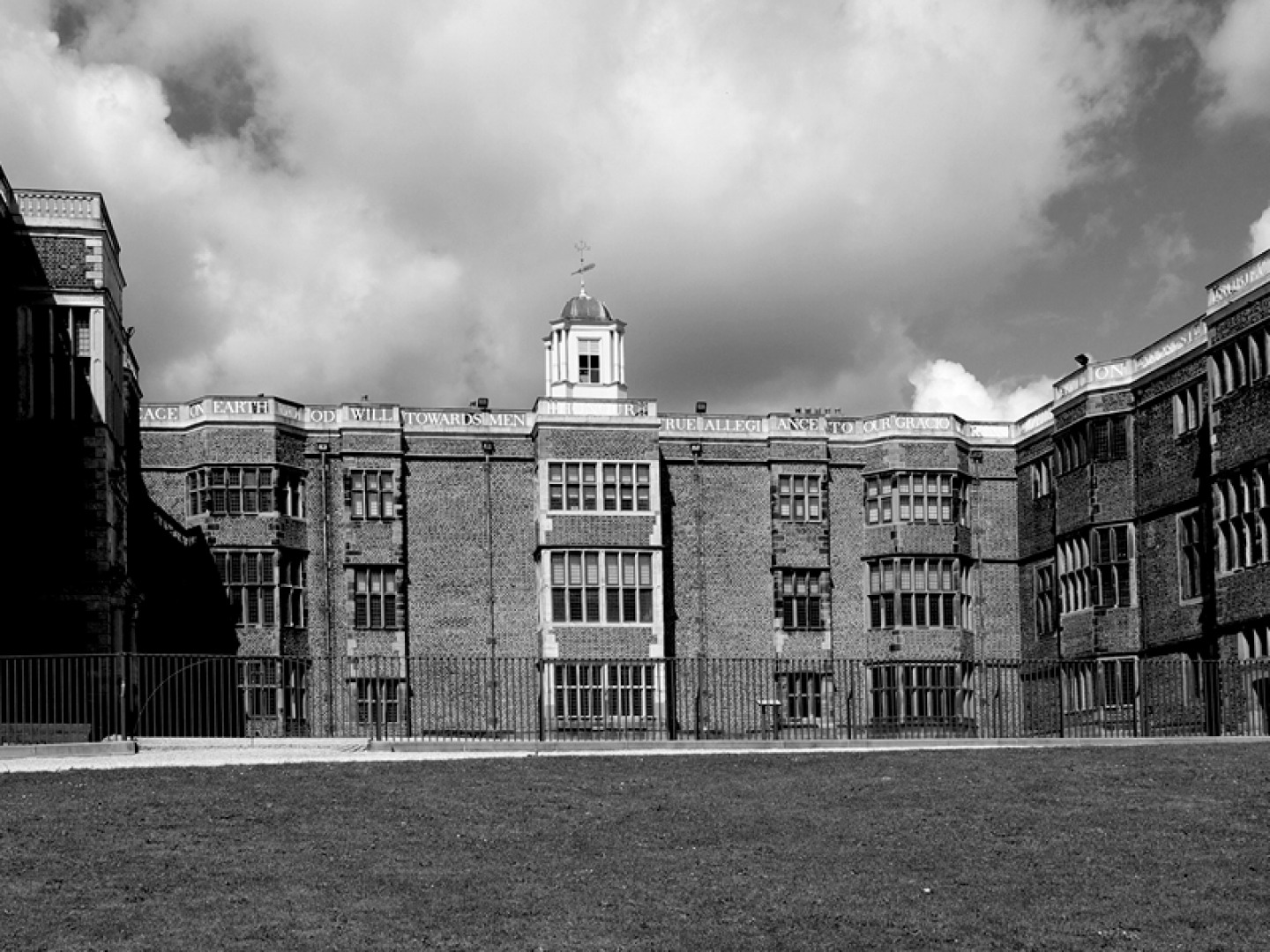
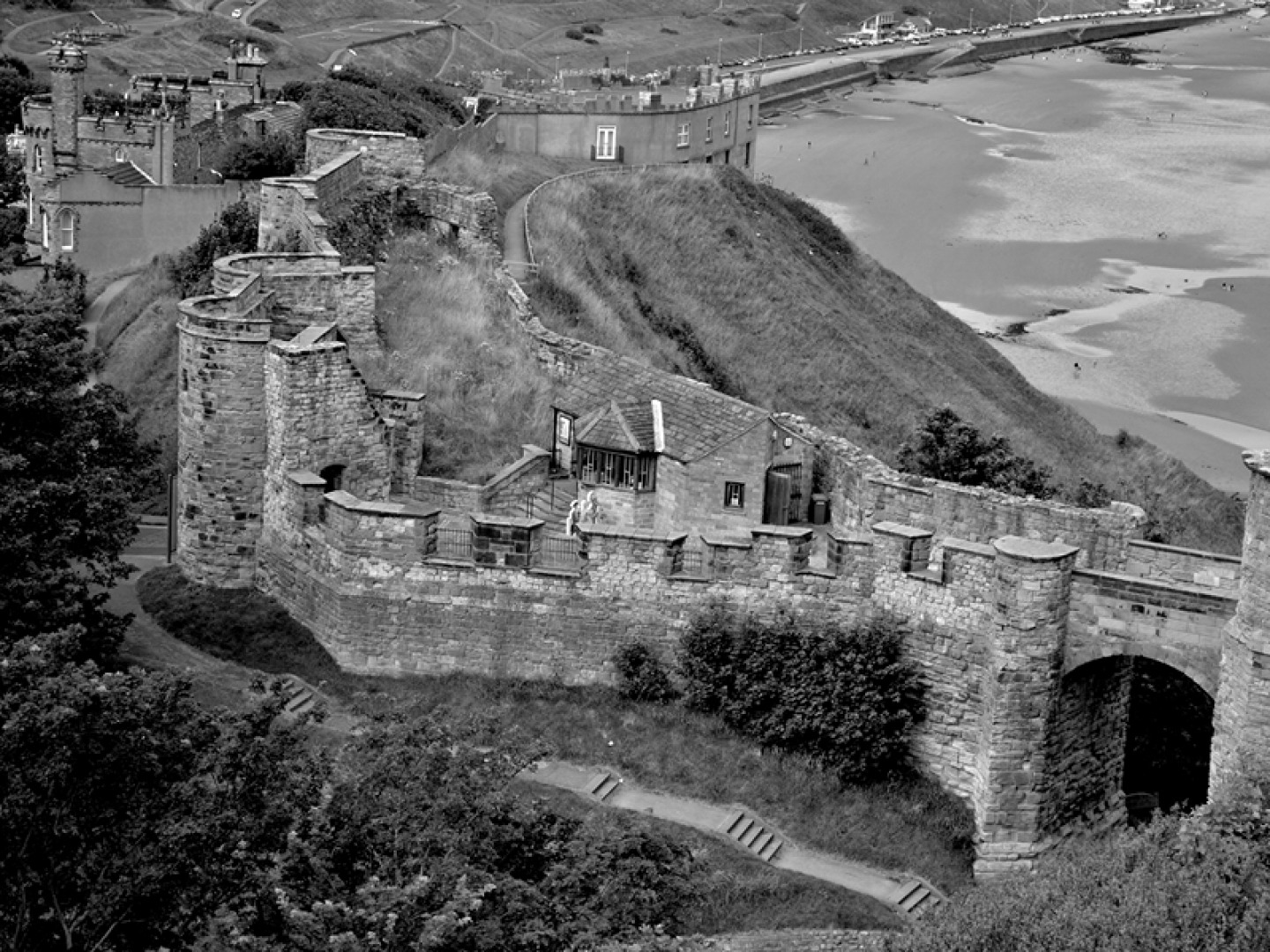
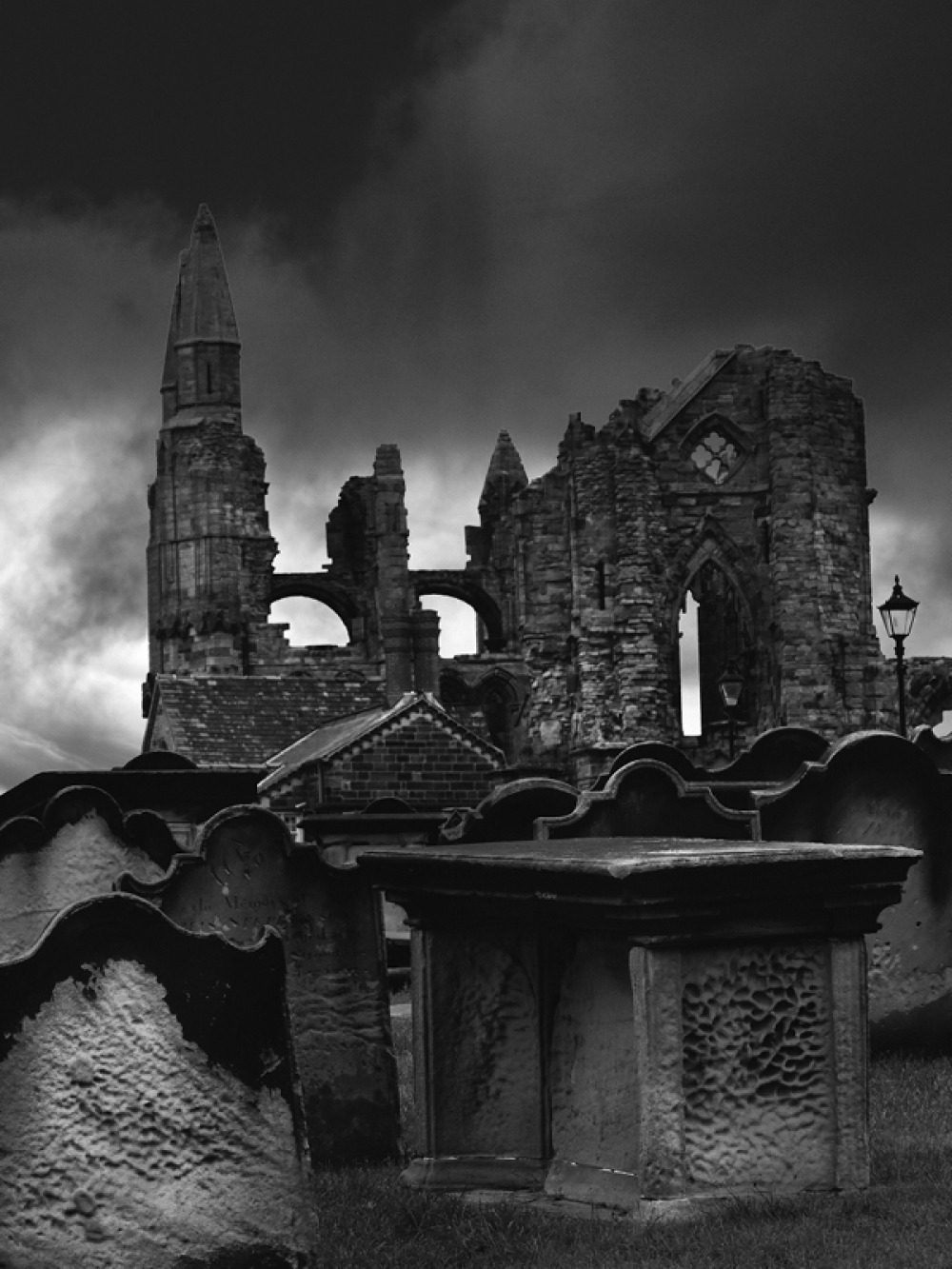
Mark’s Most Haunted Picks
Trollers Gill
The caves of the ravine are said to be the lair of mythical creatures including trolls and sprites. The Yorkshire Dales’ Gill is said to be haunted by a fearsome barguest (a long-haired hound with razor-sharp teeth). Legend has it that with just one look the beast can turn you into stone. While it’s mostly accepted that Conan Doyle’s Sherlock Holmes story The Hound of the Baskervilles was based on a spectral dog that stalked Devon’s Dartmoor National Park, there are some claims that it’s actually Yorkshire’s Trollers Gill that may have inspired him.
Temple Newsham
One of the most well-known ghost stories in Leeds is of The Blue Lady at Temple Newsam. She’s said to be the ghost of young Mary Ingram, who lived at the house in the late 17th century. At the age of just 14, Mary was returning from a party when her carriage was ambushed by a gang of highwaymen. They ripped away her favourite necklace, but she collapsed and woke the next day with no memory of the theft, thinking she had lost it. She died shortly after but for centuries her unhappy spirit is said to have continued to wandering the house searching for her missing jewellery.
Scarborough Castle
With more than 2,500 years of turbulent history behind it, there’s no wonder why some believe this castle is haunted. While Scarborough Castle was severely damaged during the English Civil War, it remained usable until the end of World War I. It also served as a prison, and a military barracks. Some say the castle is home to a 14th century spirit – the headless ghost of Piers Gaveston, Earl of Cornwall. He and Edward I fled by ship to Scarborough Castle, after being attacked by Thomas Plantagenet, second Earl of Lancaster’s army. Piers was captured at the castle in 1312 and later sentenced to death by Thomas of Lancaster. Some say Piers still patrols the battlements at night, and lurks in the shadows of the castle walls.
Next stop, Whitby. Karl Wittering, known as Dr Crank, is the man behind Whitby Walks. ‘My background is engineering, but I had a mid-life crisis when I was 45 and opened a pushbike shop in the town because there wasn’t one – that was called Doctor Crank’s Bike Shack. I had that for 20 years before I decided to retire, but retirement didn’t suit me,’ Karl continues. ‘That’s when I started running these ghost walks and I’ve been doing that ever since.’
Karl is passionate about Whitby (its history and its character) and claims it’s so popular for ghost hunting because of its gothic connections. He runs two walks in Whitby: his Ghost Walk and the In Search of Dracula walk. ‘The Dracula walk is more suited to anyone who has an interest in the book,’ he explains. ‘The ghost walk is just that. It’s a traditional ghost walk around West Cliff and is all about the history and heritage of this part of Whitby, and of course the many ghost stories.’
Karl says that while a lot of ghost stories can be told anywhere (so often people steal other people’s), his stories are all absolutely unique to that part of Whitby. ‘We have Browne Bushell (who was executed for piracy) and you can only talk about him in Whitby because this is where he was born – we have a blue plaque to prove it. We also have The Grey Lady who has been seen falling off the cliff at Whitby; she’s actually our most-spotted ghost in Whitby.’
As times have changed, Karl has had to adapt his ghost walks. ‘When I first started it was all about trying to scare people. But the thing is, it’s difficult to scare people these days with a ghost story,’ he says. ‘They’ve seen it all on YouTube and in the cinema, so it’s best to try to entertain them. Now my ghost walk is an entertaining walk with a bit of audience participation, and that seems to be working well.’
We are often fascinated by ghosts because there’s no definitive answer to the questions they raise, but Karl shares one thought on what ghosts may be. ‘The latest thinking is a little scientific,’ he says. ‘In your phone you’ve got a silicon chip that holds memory and silicon chips are made out of sand. Most of Whitby’s haunted buildings are made out of sandstone, so what scientists are saying is that this sandstone could be acting like a very basic silicone chip, holding memories, pictures and sounds from years ago, and every now and then it replays them. Maybe that’s what we are seeing – these sounds and pictures of people who died years ago.’ We’ll let you draw your own conclusions on that one.
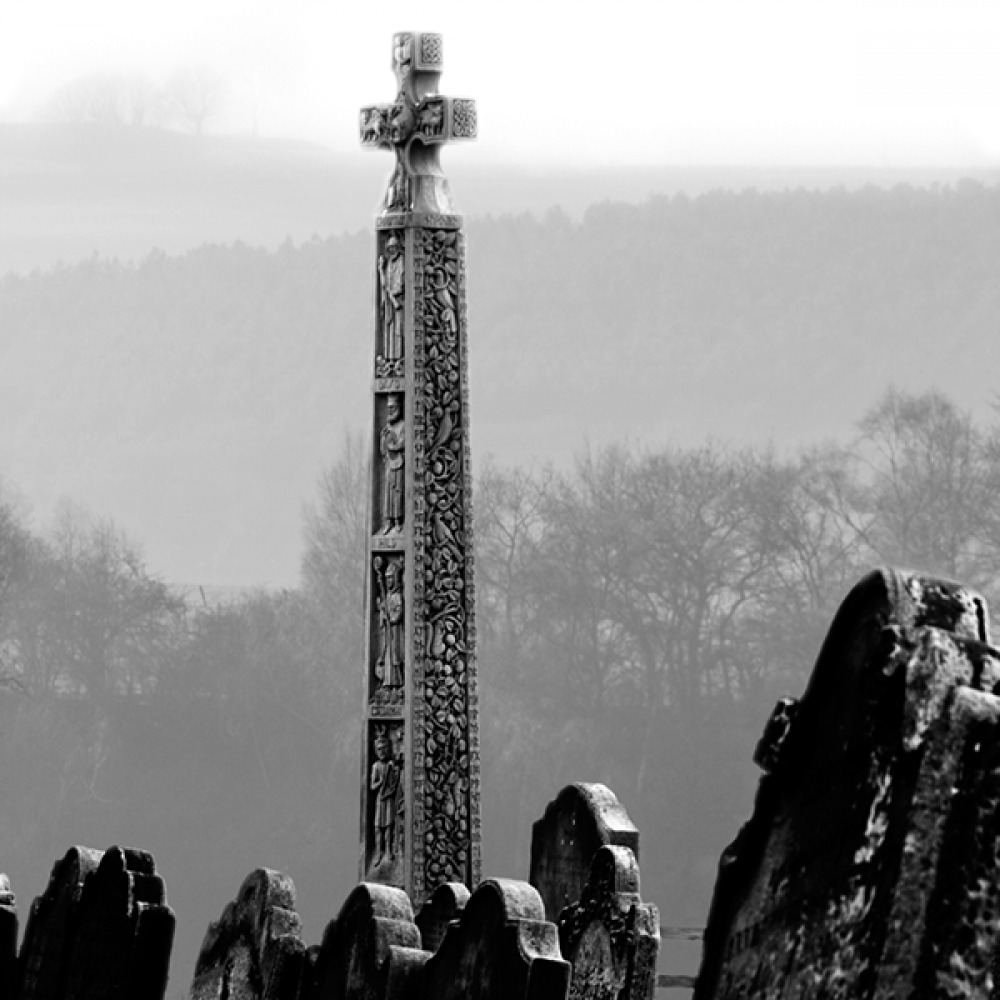
Karl’s Most Haunted Picks
St Mary’s Graveyard
St. Mary’s was founded in 1110 and some parts of it date back to Norman times, so it’s again the history that may be what makes this part of the seaside town so haunted. But people are most likely to climb the 199 steps to see it thanks to Bram Stoker’s Dracula. In the book, this is where Dracula hides out in the shape of the large black dog. Many tombstones here are left unnamed, and there’s more than one ghost story attached to the graveyard.
The Screaming Tunnel
This is a haunted tunnel in Whitby that perfectly frames the abbey, which Karl says plenty of people come to every year with machines that look for paranormal activity (and they all say there’s something living in it). There have been sightings of a dark figure standing at the end of the passage and some claim to have been touched by a ghostly hand.
The Hand of Glory at Whitby Museum
The mummified severed human hand in Whitby Museum was discovered in the early 20th century. It was identified as a hand of glory from popular stories (supposedly the pickled right hand of a felon used by burglars to send people in a house to sleep). It was given to Whitby Museum in 1935 and is the only alleged hand of glory known to still survive.
Find out more about the nightly ghost walk in York at theoriginalghostwalkofyork.co.uk and book a ghost walk in Whitby at whitbywalks.com.
Ripon Workhouse Museum
It is said that disease and death were so common that anyone who entered Ripon’s workhouse did so knowing they wouldn’t be coming out – except in a coffin (which were ordered in bulk). Now a museum it is obviously a building which has seen so much despair and sadness and it’s thought to contain the spirits of those who are unable to move on from the building where they were worked to death. One popular ghost story is that of Gordon, who has appeared to many visitors over the years detailing his story of how he lived and died in the workhouse he hated.
East Riddlesden Hall
Built in the 1630s and now in the hands of the National Trust, the hall is well known for paranormal activity and many of the staff who have worked here say they have experienced inexplicable events and ghostly encounters. The Grey Lady, wife of a former Lord of Riddlesden, often appears (and disappears just as quickly) as if in search of something, and there is one infamous story of a staff member who came across a boy in period clothing wandering around the building. Assuming he had become separated from a visiting school party she reported him to the office to be told there were no visiting groups that day.
Bramham Park
Phantom horses with thundering hooves are regularly reported to have been seen and heard heading into battle, and local hearsay suggests they are the ghosts of horses killed in the battle of Bramham Moor in 1408.
Ripley Castle
Thought to be the ghost of Lady Alicia Ingilby, this mournful ghost dressed in 19th century clothing is thought to be haunted by the deaths of her only two children, who died from meningitis in the 1870s. Reports from visitors say they have seen her walking towards her children’s bedrooms before disappearing through a locked door. She’s not alone in her haunting of this 700-year-old castle where the ghosts of civil war soldiers, lined up and shot by Cromwell’s troops after the battle at Marston Moor, are said to hang about the castle’s bullet-marked walls.
Annison Funeral Parlour
Now home to a late night pharmacy, it is thought that the ghost who haunts the building is 18-year-old Mary Jane Langley who was murdered in 1891. It is reported that staff refuse to go beyond the first floor or any of the rooms previously used as a funeral parlour, and many have reported encounters with her sad spirit.
Nunnington Hall
This 17th century country house has several ghosts, including those of children whose whispers are often heard throughout the house, and that of Lady Nunnington who haunts the halls and can be heard wandering the corridors. Slamming doors and the sound of weeping have also been reposted by visitors to the hall.




